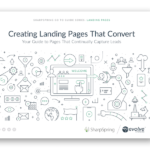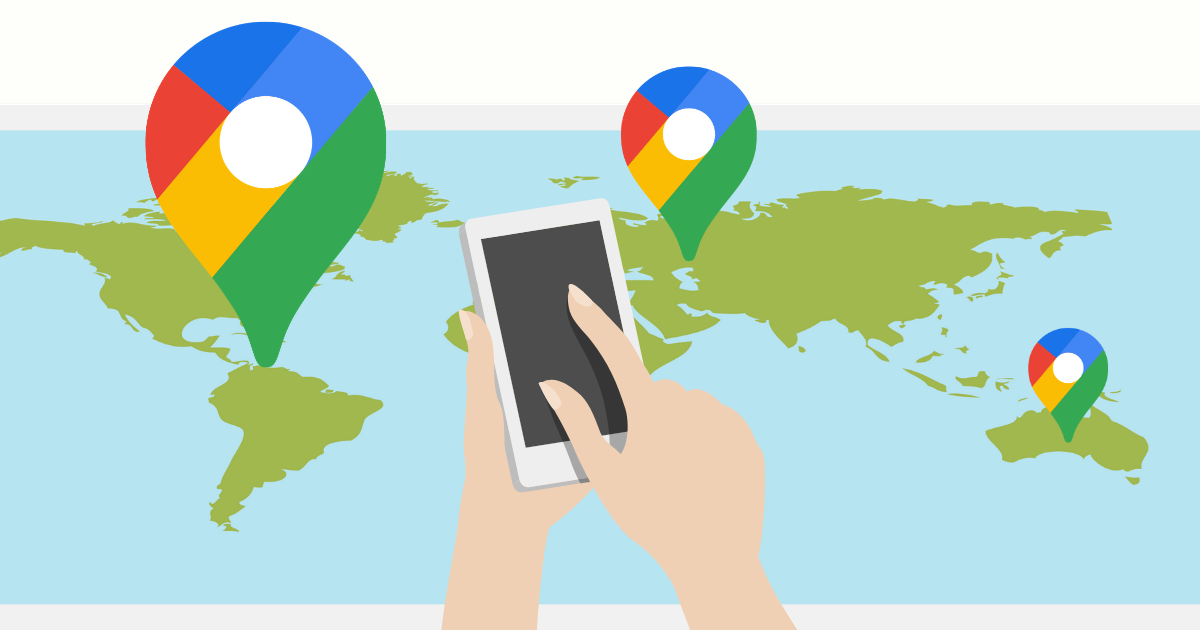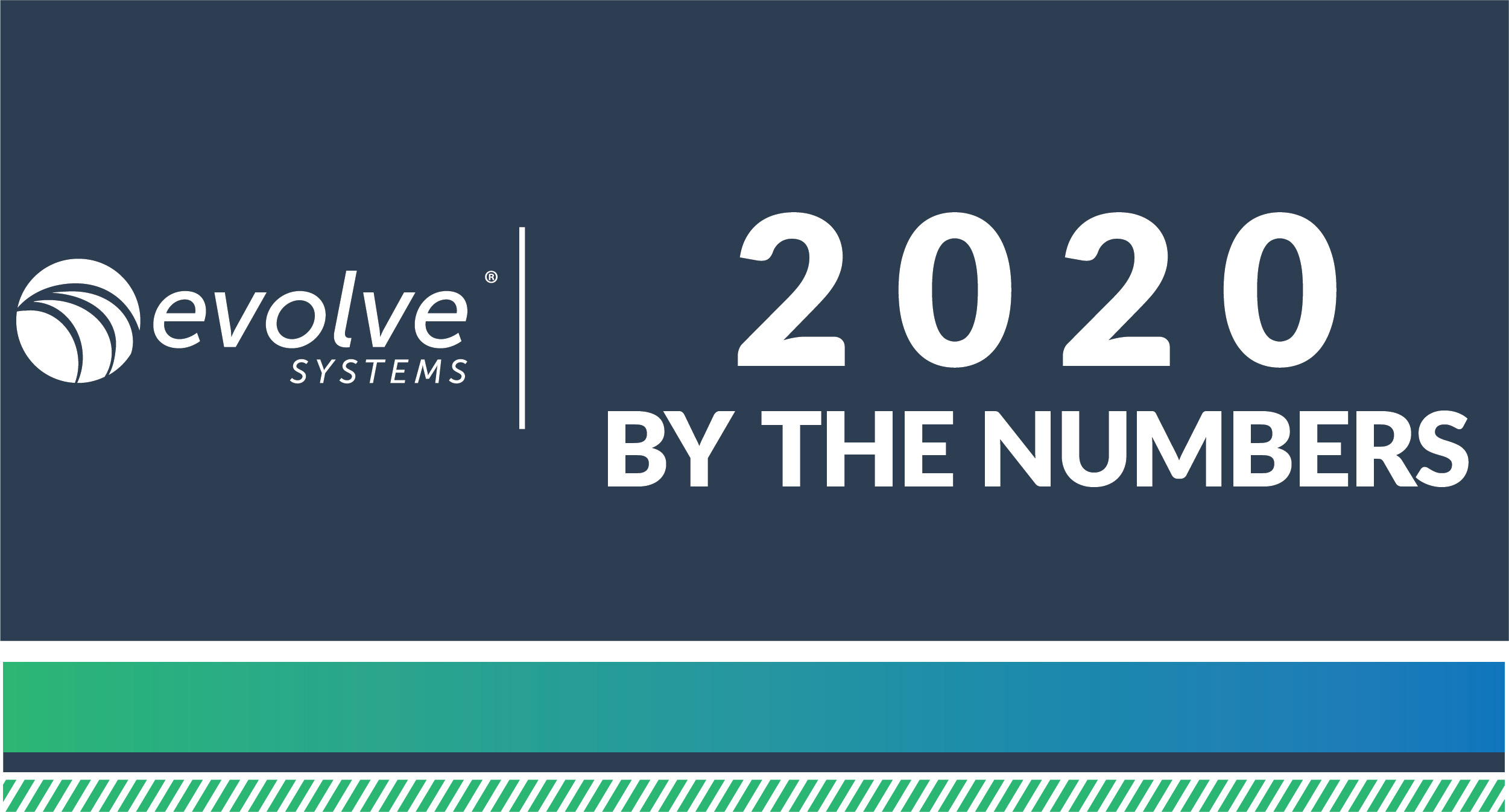In today’s ever-changing world, where search engines will reward your site for various factors like ease of use and how many visual elements you have, it’s reasonable to conclude that search engine optimization isn’t just a fad.
SEO techniques change in a heartbeat and are molded around what the updated algorithms bring. Google has been known to update its algorithm upwards of 500 times in a year, and with changes happening that quick, it can be hard to keep your rankings on the first page. Companies and search engine agencies have used “black hat tactics” in the past to help sites score front-page results. But search engines like Bing, Yahoo, and Google are not only rendering those types of tricks obsolete with their algorithm updates but are penalizing sites still using these methods. Instead, these search engines are favoring websites that are rich in keywords, demonstrate user engagement, and reward higher onsite time. If you get it right, you and your site can reap the benefits of increased traffic, which leads to more conversions, improves leads and hopefully boosts sales. Something every business wants!
That’s why I’ve pulled together 7 quick and easy tips to pinpoint simple SEO fixes you can make right away to boost your performance today. That way you can make sure you’re using the best SEO strategy for the coming year.
1. Use great-quality, relevant, and quick content to answer questions
One of the big factors in ranking this year is the amount of time visitors spend on your website. This may or may not make sense as to how it can affect SEO ranking. When your website provides useful content to visitors they have a tendency to stay longer on your website and want to consume the information you provide. This increases what is called “dwell time” on your site. One of the ways to do this is by increasing the amount of content found on your pages. A good goal to set is to have, at the very least, an average of thirty seconds spent on each page.
Depending on the type of page you’re writing for (blog, contact us page, category page), research has shown that content between 2,000 and 2,500 words seems to rank the highest in search engine results. However, writing 2000+ words for every page or post isn’t for everyone. It can be an intense and time-consuming process. It also isn’t always necessary. Word count doesn’t rule the SEO world because no one will read all the content on your pages if it’s not helpful. Longer content just provides the opportunity to show more value, more keywords, more links, and more time spent on page for that dwell time.
A good way to help improve all of these is by adding questions as your h2’s and h3’s and answering them with the content. This will help visitors keep reading, improve on-page scrolling (track this in tag manager), and, hopefully, even allow your pages to start showing up for featured snippets. Another reason to create useful content is for bookmarking your pages with Chrome, which will help to improve your site’s SEO ranking in Google. In the end, there’s no way to determine how long your content truly should be to impress search engines, so the best thing to do is use common sense. Ask what information visitors might be looking for, if visitors are using keywords that will be found in your content, headings, and call-to-actions, and start there.
2. Improve page loading speed for all pages
Of the three big items all search engines want sites to have this year, quick page load times is at the top of the list. Search engines take page-loading speed into account in their website ranking algorithm. Visitors or potential users could leave your site if they experience long wait times, and when I say wait times, I’m talking about a few extra seconds for each page to load. A good load time is less than 3 seconds. This is on the higher end, but still passes both Google’s and Bing’s test for page speed. Anything higher than this will drastically negatively affect site dwell time, bounce rates, and pages viewed. All of these will hurt your analytics and where your site ranks overall in searches.
Depending on the type of platform your site is using, there are many ways to increase page speed:
- Minification of scripts
- Browser caching
- Inline CSS
- JavaScript calls
- Reducing non-essential plug-ins
- Optimizing images
3. Optimize images
Speaking of images, one of the easiest ways to help get page load time down is to optimize images. Far too often, websites are littered with high-resolution images that slow page speed down, when the simple solution is to compress them. Images also serve a large role on the SEO front. So it’s important to make images work hard for you. Images carry value for a more visual audience and can often help break up pages with large amounts of content. Strategically placing images on your pages can also help entice visitors to keep scrolling through your content and improve dwell time.
The last great thing about images on sites is they come with alt attributes, image file names, and captions. This can be a double-edged sword of sorts, in that you can use all of these to help improve your SEO value, but if you choose not to rename your files, add alt tags, or add descriptions, it can also hurt SEO value and those searching for images relating to keywords that might work with your images. But if you can provide that extra bit of content to search engines by using keywords for your image file name, alt tag (attributes), title, description, and captions, well then you’re doing everything the search engines are asking for!
4. Optimize for mobile & mobile-first indexing for search engines
The second biggest item the search engines want from your site this year is for it to be mobile optimized and ready for mobile first indexing. Let’s start with optimization. As early as 2015, Google began penalizing websites that were not mobile friendly and optimized for search. This was done by bumping websites in search engine ranking. Every year since then, more and more sites have gotten penalized harder for this. And with more users consuming content on mobile devices, you can see why the search engines are penalizing non-mobile optimized sites.
The biggest reason why Google and Bing want your site to be mobile friendly is that it affects user experience and conversion, and it’s particularly important for B2B and B2C companies. Other sites like Yelp, that act as a search directory, have 55% of searches coming from mobile devices. Being mobile friendly plays a huge role in the consumer to business relationship.
But mobile friendly is only half of the issue here, so let’s tackle the other side of this. What is “mobile-first indexing”? Well, simply put, mobile first indexing means search engines like Google have moved on from searching a desktop view first, and the mobile version of your site is now the primary version of your site that is being crawled. If you don’t have a mobile site, your desktop site will still be used. But, here’s the kicker, if your website isn’t mobile-friendly, search engines will ping your site for this and your rankings will start to drop. So getting your site mobile friendly is huge, not only for user experience, but also for search engines crawling your site.
5. Improve user experience
User experience is becoming more and more of a ranking factor with searches. Search engines like Google want website visitors to be able to easily navigate sites and find what they need quickly and efficiently. Optinmonster.com recently published an article in which they talked to Brian Dean of Backlinko. Brian talked about the importance of user experience signals in search engine ranking. RankBrain is the third most important ranking factor. To quote a line from Optinmoster, “RankBrain sounds like something straight out of science fiction. It’s a machine learning system that helps Google decide where pages should rank in search results. So, maybe it’s a little sci-fi.”
RankBrain was created to specifically watch how users interact with the search results and then rank results based on interaction. Let’s say a user clicks on a search result and it takes them to a site, but they immediately bounce from the site (visits only the landing page) eventually, after enough of these bounces, that site will start to lose ground in ranking. On the flip side of this, if users click on a search result and then spend time clicking through multiple pages on the site, and the dwell time stays high, the site will start to gain ranking. It’s all about the user experience with your site. This is why Brian also recommends optimizing around medium tail keywords. This will help when it comes to search engine optimization and RankBrain. He says, “when you optimize your page around a medium tail keyword (and make that page awesome), RankBrain will automatically rank you for that term… and thousands of similar keywords.”
6. Overhaul pages that fall off first page results
Pages that rank on the second page of search results many times will see a significant drop off in the number of search inquiries, same goes for the third page, fourth page, and so on.
The easiest way to see what pages are falling just short of the 1-10 results is to go into Google Analytics and go to Acquisition » Search Console » Queries. From there, set up an advanced filter to show the phrases where your average position rank is. Anything greater than 10 equals page 2 results. Once you’ve seen your results, it’s time to get to work! These pages that fall on the second and third pages of results will need some overhaul.
An easy way to start overhauling your pages is to start adding more detail to paragraphs. Another way is to show examples of products and start building up questions in headings and answers in the content. If there are specific statistics the work with your pages, that can help. Images, infographics, and videos all help contribute to a better on-page experience for the visitor. Also, as you start to rewrite your content, make sure to pay attention to connected subtopics. These are also visible in the search results page. You’ll usually see them in the “people also ask” section or in the “related searches” at the bottom of the page.
7. Optimize for voice search
If you think about the number of people using Alexa, Siri, Google home devices, and Cortana, it makes sense that the number of voice searches is increasing. Voice search started to affect SEO and play a role in strategy back in 2018. But as voice search technology improves and becomes more accessible, this trend will continue. Something we’re noticing is that voice searches give different search results than text or keyboard searches, in that the devices (Alexa, Siri, Google Home etc.) replay information from the featured snippet box back as their answer. It’s important to rank for both questions and answers. Because half of the searchers are using voice search for basic searches, creating quality, optimized FAQs goes a long way to get your pages ranking. An easy way to do this is by making your headings questions and answer them in the copy below.
These are just a few SEO tips and tactics for getting users to stay on your website, interact with your content, and help boost your rankings. The one thing that unifies them all is to create a better user experience. SEO takes time, and that’s no secret, but if you think about your site from a strategic perspective and go after low hanging fruit, you’ll find many opportunities that can help provide quick results, and hopefully will help get your site on track and building traffic.
Ready to optimize your website?
These are just a few SEO tips and tactics for getting users to stay on your website, interact with your content, and help boost your rankings. The one thing that unifies them all is to create a better user experience. SEO takes time, and that’s no secret. If you think about your site from a strategic perspective and go after low-hanging fruit, you’ll find many opportunities that can help provide quick results and hopefully help get your site on track and build more traffic.
At Evolve, we can help with the SEO tactics discussed above and take it a step further. Using our in-house SEO experts, copywriters, designers, and developers, we can address your site’s SEO and user experience from many different angles. Let’s talk about your website’s SEO!







